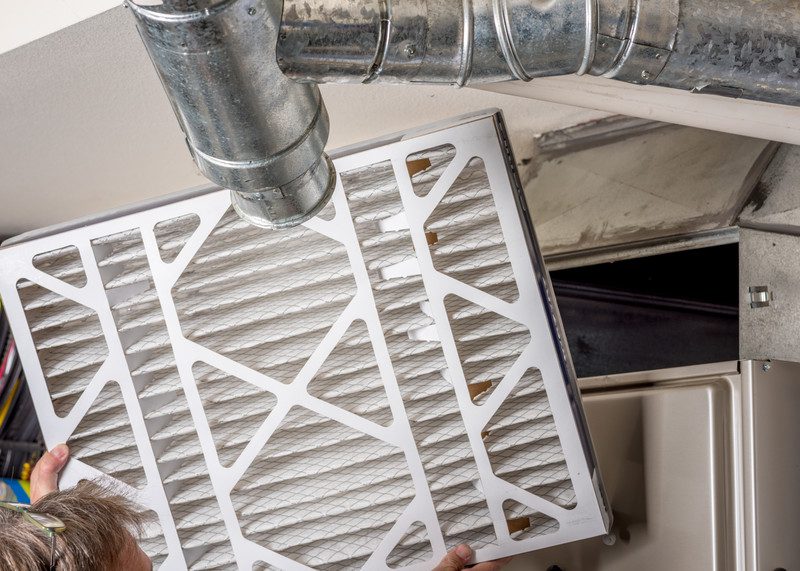Defective Ductwork can Compromise Home Comfort

When gauging the performance and effectiveness of heating or cooling in the home, people generally look at their HVAC equipment. But other factors also play a role in home comfort, including the ductwork in a forced-air heating or cooling system that delivers conditioned air throughout the house.
If that ductwork is defective or dirty, a variety of issues can result, including
- significant energy waste,
- uneven or inadequate heating or
- cooling, and poor indoor air quality.
In most cases, faulty ducts can be corrected by a Cincinnati heating repair company through sealing leaks, reconnecting loose sections or performing a comprehensive cleaning. However, in limited cases, the ductwork may need total replacement and/or redesign.
How do ducts perform their job?
This is an overused analogy, but it’s apt – HVAC ductwork is like your body’s circulatory system. In a central, forced-air heating or cooling system, supply ductwork delivers conditioned air to rooms in the same way that arteries deliver oxygen-rich blood throughout your body.
Meanwhile, return ductwork brings “used” air back to the furnace, AC or heat pump, just as the body’s veins bring spent blood back to the heart.
Following are some common problems that homeowners experience with their ductwork:
- Leaks. This is probably the most common fault that can compromise the job ducts are intended to do. Over time, sometimes as a consequence of poor installation or design, or inferior materials, ducts may start leaking air.
This typically happens at the spot where duct sections connect, where the ducts connect to the furnace or AC air handler or where ducts connect to vents and registers. Leaky ducts – especially in situations where the air is escaping into areas where the conditioned air can’t be felt by anybody – can result in significant energy loss (and higher utility bills).
This might occur in wall cavities, crawlspaces, the attic or garage. In order to meet the thermostat setting, your HVAC equipment has to work all the harder to replace the air that’s leaking away from the system. In addition to wasting energy, this stresses equipment and results in imbalances in air delivery in your home.
- Poor or missing insulation. Ductwork sometimes runs through areas that don’t receive heated or cooled air. If duct sections in these areas aren’t properly insulated, heat energy will more quickly escape from the ducts during the heating process (or transfer into the ducts during cooling).
- Dirty ducts. As time passes, dust and debris can accumulate inside ductwork. Eventually, this can impede air flowing through the ducts as well as deteriorate indoor air quality. Signs that ducts are dirty include dust bunnies forming at registers and vents, evidence that insects or vermin have settled in the ducts, and signs of mold on or near the ducts.
Consult a furnace repair service near you to schedule duct testing, and if necessary, a comprehensive cleaning.
Your home may have state-of-the-art HVAC equipment, but it’s only as good as the duct system that circulates the conditioned air and brings it back to be reheated or cooled.
